Tiny books and an even tinier golden envelope
Meanwhile, the auction world struggles with sanctions
Hi everyone! I apologize for the delay in getting this latest issue out — my original schedule date coincided with the invasion of Ukraine, and it just felt incredibly inappropriate (and flat-out gross) to send out a newsletter about luxury goods.
This past week has seen the art world — and particularly the auction world, the beloved stomping ground of oligarchs — scrambling to keep track of the constantly changing landscape. A director at Sotheby’s told the New York Post that they were “checking bulletins hourly to see whether any of their buyers and sellers were on any government sanctions lists.”
Calls for a full-on boycott of the Russian-owned Phillips auction house have also arisen. Phillips (formerly Phillips de Pury & Luxembourg) was bought in 2008 by the Russian luxury retail company Mercury Group, which is headed by Leonid Fridlyand and Leonid Strunin — two entrepreneurs who are, according to the Post, “close to Putin.”
That connection is a hard no for some collectors, including the former oil trader/hedge funder Andy Hall, who runs the Hall Art Foundation with his wife Christine. Hall told the Post that he wouldn’t buy from Phillips, and that doing business with any big Russian-based companies right now was “outrageous”:
“Some people say they don’t want to mix business and politics, but that’s ridiculous,” Hall said. “Even Exxon is pulling out of Russia — which it didn’t do when Russia invaded Crimea. All bets are off now. The art world is delusional if it feels it can escape it.”
Phillips CEO Stephen Brooks issued a statement via Instagram condemning the invasion of Ukraine and calling for “an immediate cessation of all hostilities in the strongest possible terms,” but independent art consultant and former Bonhams CEO Matthew Girling told The Art Newspaper that words aren’t enough: “Only a boycott of Phillips’ sales will get the attention of the world and the owners of Mercury to hopefully influence Putin to change his current chosen course of action.” (Good luck with that.)
Phillips later announced that they would donate 100% of their buyer’s premium and vendor’s commission from their March 3 20th Century & Contemporary Art Evening Sale to the Ukrainian Red Cross Society, and — despite all the boycott rumblings — they still had a successful $40 million sale, raising $7.7 million for the Red Cross.
In honor of Carnival (even though that’s now behind us, sorry), here’s a late 19th century gold and multi-colored enamel Carnival mask ring, featuring a masked face with rose-cut diamond eyes flanked by two square-cut diamonds. The band is engraved “sovs le masqve la verite” or “under the mask the truth,” and the face opens to reveal a compartment beneath. It sold for $11,875 in the Christie’s Jewels Online auction on February 9.
Jewelry featuring masked figures is an example of society’s historic love for masquerade balls, which are thought to have originated in the Carnival traditions of medieval Italy (particularly Venice). The custom eventually spread to other Catholic countries and reached England and America in the 18th century.
According to…myself, in the Hairpin (how lazy is that? *high five*), some of the popularity stemmed from the fact that:
“…masked balls were an excellent opportunity for flirtation. Many were held publicly, with members of society mixing with the lower classes, and they often drew accusations of immorality from detractors. Although masquerades tapered off somewhat after the 18th century, some notable masquerade balls were held in the 20th century, including Carlos de Beistegui’s Le Bal Oriental in Venice in 1951, and Truman Capote’s Black And White Ball in New York in 1966 (lots more on that one here).”
(That link is to a 2006 Vanity Fair story by Amy Fine Collins — it’s a terrific old-school VF long read, which is why I’m shouting it out again.)
On February 23, this fantastic collection of miniature books sold for $13,800 in Bonhams London’s In the Palm of your Hand Small is Beautiful auction.
Most of the books were produced by Glasgow publisher David Bryce & Son. Bryce was an entrepreneur who struck gold with his tiny tomes, and according to Bonhams, Bryce wrote in 1876:
"I descended to the miniature, mite and midget size, producing a little dictionary, the smallest in the world, in a locket accompanied by a magnifying glass. I had many a scoff and jeer as to the absurdity of the production, nevertheless it at once appealed... and its sales are now over 100,000."
The books include various Bibles, a Qur'an, a dictionary and works from Shakespeare, Scott, Dickens and Tennyson (click through to the lot to see the full list). The smallest book is a copy of Thomas Gray’s An Elegy Written in a Country Churchyard that measures just a half an inch in width.
Some of the books have their own equally tiny carrying cases or holders, including a model lectern, a school desk, and two small glass-fronted bookcases.
This 19th century envelope-motif ring features elaborate scrolled engraving and accents of light blue enamel. Best of all, though, the letter actually opens to reveal a tiny, hinged compartment. It’s included in the March 9th Knightsbridge Jewels auction at Bonhams London.
I very clearly remembered seeing this ring years ago and shouting about it online, but it took me a while to figure out where I’d seen it. Turns out it was Bonhams! But way back in 2016, when it and two other rings were grouped together in one single lot that didn’t sell. So here it is again, and the other two rings are also being sold (together) in this auction. The estimates have been lowered for both lots, and I think the envelope ring is definitely better off on its own. We’ll see how it goes.
This circa 1820 ironwork headpiece with graduating openwork panels and fleur-de-lys detail is also super cool. It’s in that same Knightsbridge Jewels auction and has an estimate of £2,000 - £2,500 ($2,667 - $3,334).
The Sotheby’s Important Jewels auction is coming up on March 9th in New York, and there are some really lovely pieces on the block, including this amethyst and diamond ring. Dating to early 20th century France, it features a 26.60 carat hexagonal mixed-cut amethyst set in a beautiful mount of lacy openwork platinum accented with rose-cut and old European-cut diamonds.
And look at the glorious workmanship of this ca. 1910 butterfly brooch/pendant! Created in 18k gold and platinum, it features a central oval-shaped ruby with wings set with opal plaques bordered by calibré-cut rubies. A pattern of gold, calibré-cut emeralds, and old European and rose-cut diamonds is laid overtop the opal, and the play of the opal’s color through the tracery makes the piece appear to glow in certain light.
The brooch is missing three rubies and one of the opals is broken, but it’s still an exquisite piece, and notable for the precise cutting of the rubies to match the curves of the butterfly’s wings. It’s also part of the Sotheby’s Important Jewels auction, and it has an estimate of $6,000 - 8,000.
The ongoing selling exhibition Rock Party – A Selling Exhibition of Jewellery Wonder by Christie’s Dubai features a collection of serious “price on request” items from big names like JAR, Hemmerle, and Harry Winston. You can see a selection of pieces, including the above earrings, here.
I’m singling these earrings out — even though I don’t particularly love the design — because they’re a perfect example of why I will always prefer colored stones over diamonds. Look at that color! Those electric aqua-colored gemstones are Paraíba tourmaline, a rare form of tourmaline that was discovered in northeast Brazil in the late 1980s. Unlike other forms of tourmaline, it contains the element copper, and that’s what causes its intense, neon coloring. That color — which appears in a range of blue, green and violet hues — makes it the most sought-after form of tourmaline, and the most expensive.
The earrings feature a total of 46.81 carats of mixed-cut Paraíba tourmalines, with a further 12.02 carats of diamonds as embellishment.
Sotheby's Los Angeles is currently holding a selling exhibition, Les Lalanne, of work by sculptors Claude (1924–2019) and Francois-Xavier Lalanne (1927–2008). The two artists — a married couple — enjoyed a long career designing sculpture, furniture and jewelry with a whimsical and sometimes surreal vision that was often inspired by nature.
The gilt bronze sculpture above — “Pomme bouche” (Apple Mouth) — is circa 1980 and was made by Claude Lalanne and numbered 174/250. There’s also a selection of Claude’s jewelry designs included in the sale; click through to see the full exhibit. It closes on March 17.
You might remember that, back in October, I talked about magpie superstitions in the U.K. and France, and how sightings of the birds are largely considered to be bad luck. Turns out it’s a totally different story in China.
The painted enamel snuff bottle above was created in the Beijing palace workshops of the Qianlong Emperor sometime during his 1736-1795 rule. The front side is decorated with a pair of magpies perched on delicate branches, while the back features a spray of various types of flowers.
The piece (which is estimated at $70,000 – 90,000), is included in the March 24th Rivers and Mountains Far from the World: Important Chinese Snuff Bottles from the Rachelle R. Holden Collection live auction at Christie’s New York, but there are no scary superstitions here — just good wishes. Christie’s notes that the word for “magpie” in Chinese (xique) is a homophone for “joy,” and, well — I’ll just let them tell you, because the whole thing is lovely:
The current bottle is decorated with two magpies which can infer double happiness such as that found in marriage. The branches upon which the birds are perched appear to be prunus (mei) which flower in late winter, and whose name is a homophone for “eyebrows.” Together, the magpie and prunus form a rebus meaning “May you have happiness up to your eyebrows.” The flowers on the reverse of the bottle are representative of the four seasons. Combined with the auspicious wishes for marriage across four seasons, the current bottle would have been a fitting gift for a wedding or marriage anniversary.
Ok, that’s it for now. Despite *gestures* EVERYTHING, I hope you all can find something that will bring you happiness up to your eyebrows — even if it’s just a tiny March snowdrop popping out of the ground, or this tweet that I just saw:
Enjoy your week, and thanks for making it this far down in the email!
Stay well, M xx
PS: I finally figured out what do to for paid subscription emails, which should have occurred to me AGES ago because I always write stuff up and then grumpily have to cut it. *shakes fist at Substack* See below for the dreaded pitch.
Dearest is a monthly newsletter dedicated to the history of antique jewelry. Or, more accurately, dedicated to enthusiastically yelling about the history of antique jewelry. If you would like to offer your financial support for my nonsense, you are welcome to sign up for a subscription at $5 a month or $50 a year. The monthly email will always remain free for everyone, but this month I will also debut occasional single-item emails for paying subscribers, in an effort to highlight any interesting pieces that would otherwise be cut from the main newsletter due to space.
Hit the button below to sign up for a free or paid subscription, and thank you for being here!


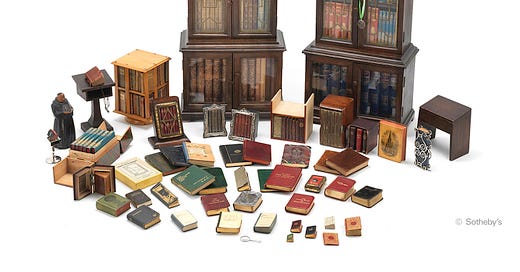

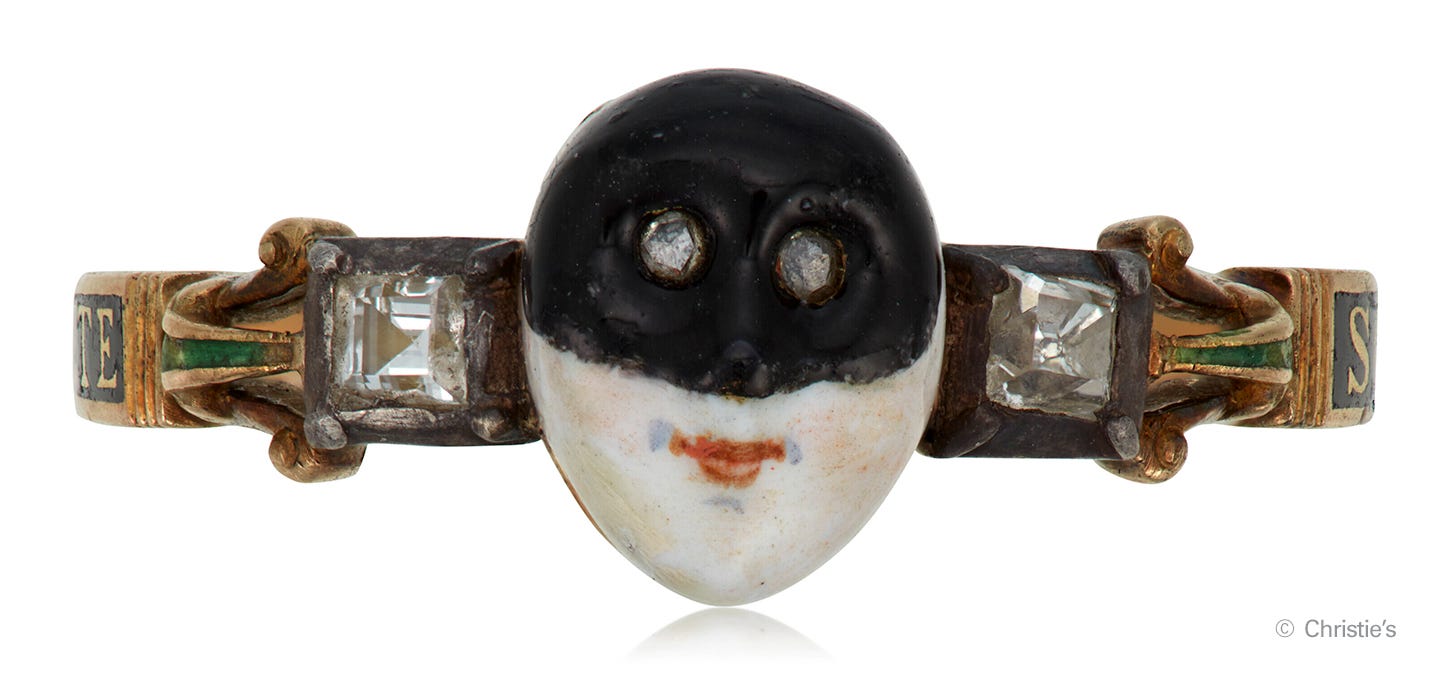
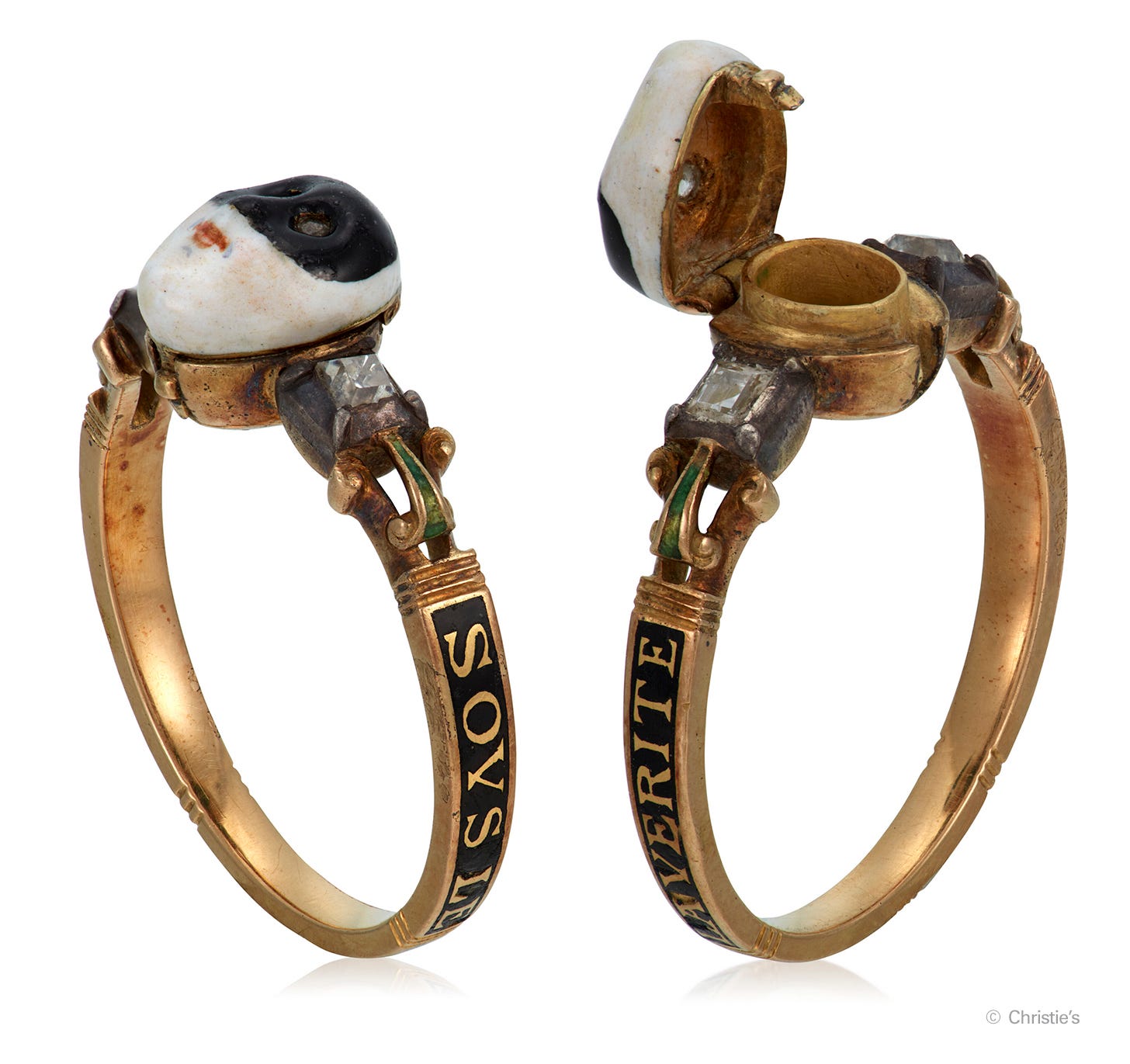

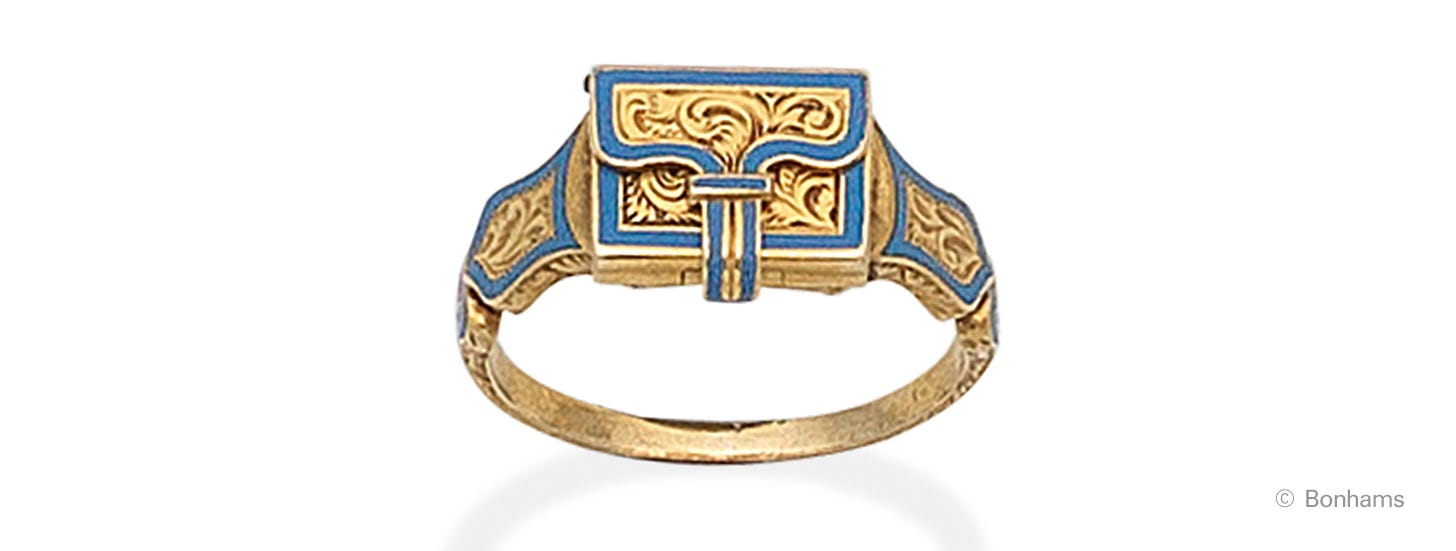
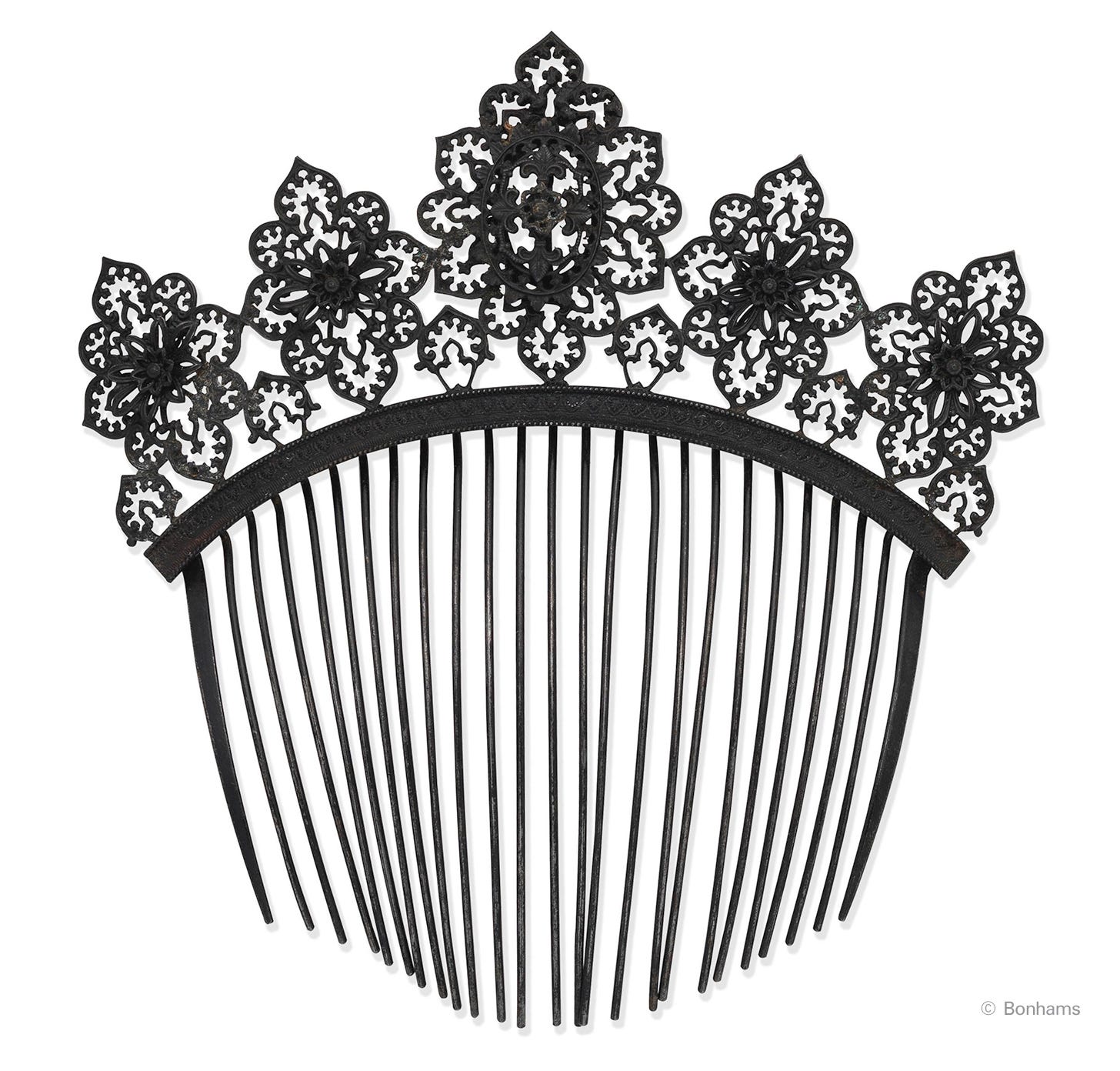
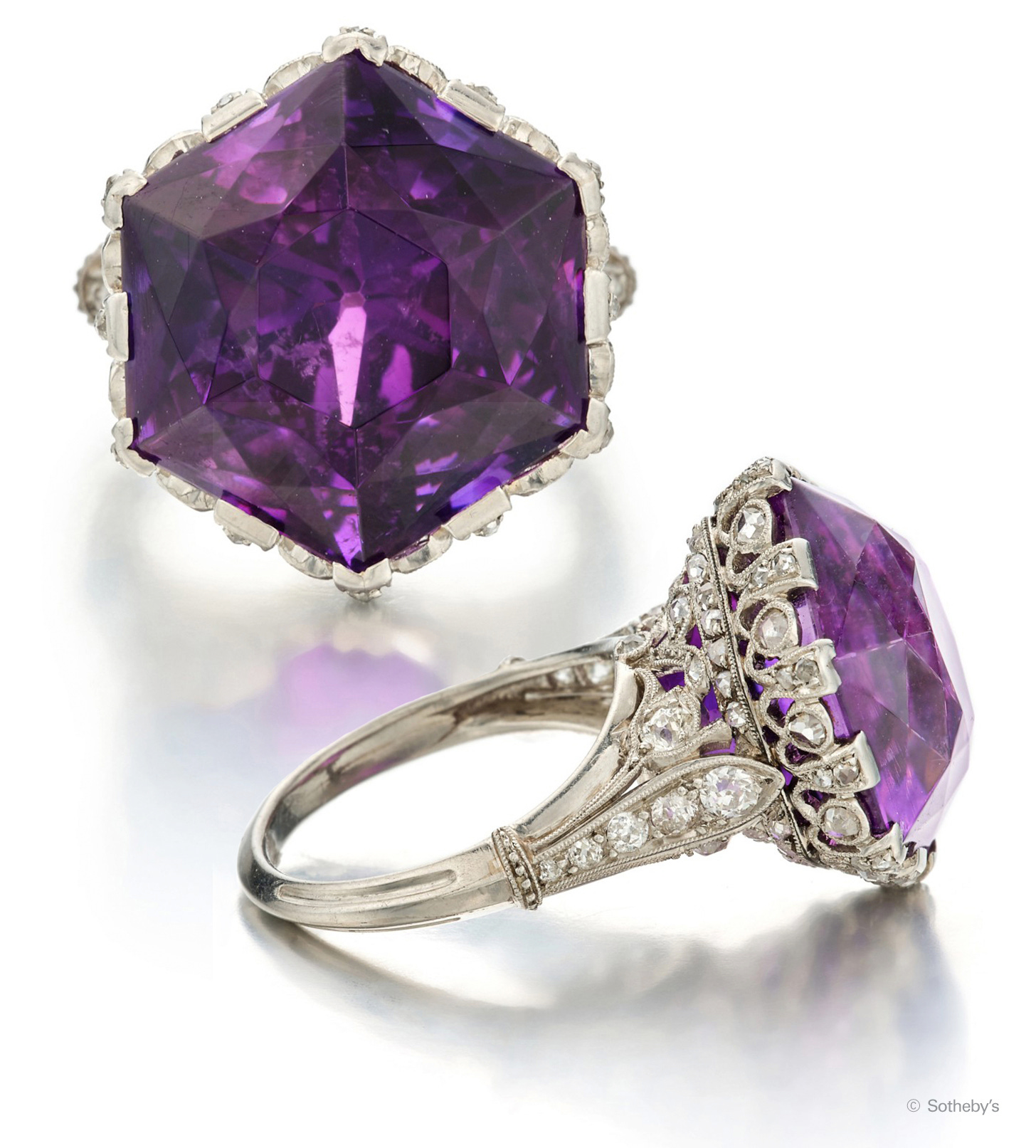
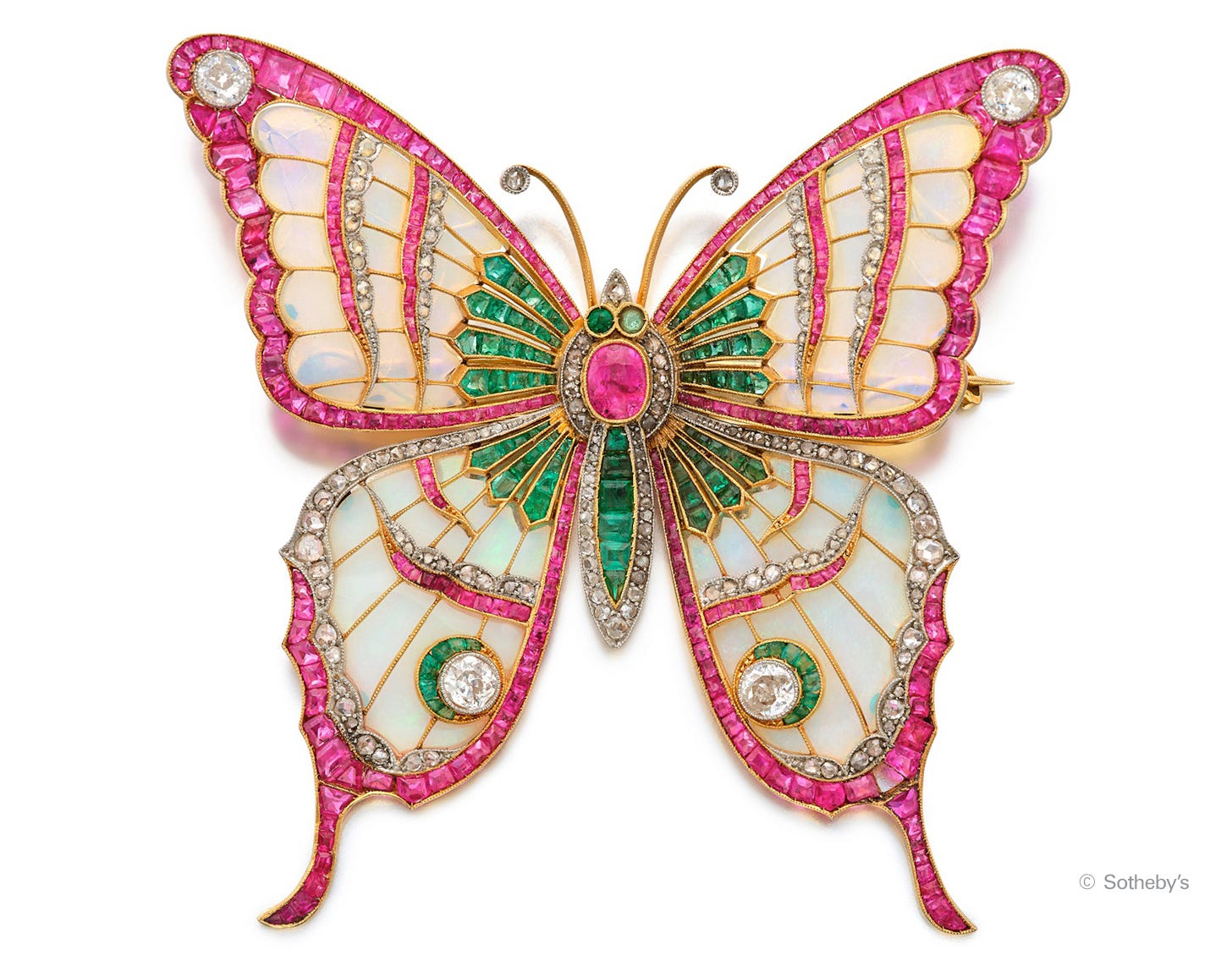
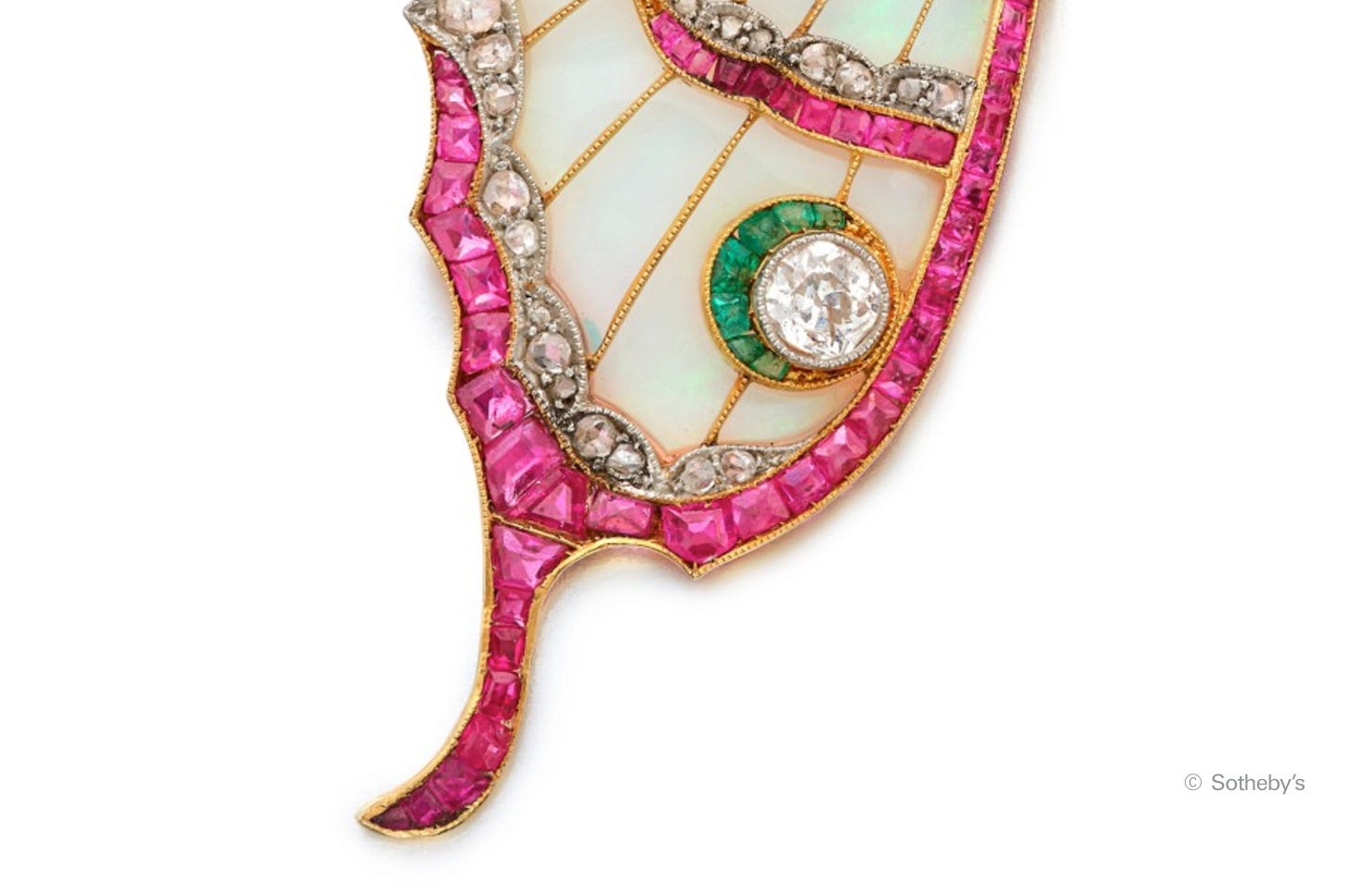
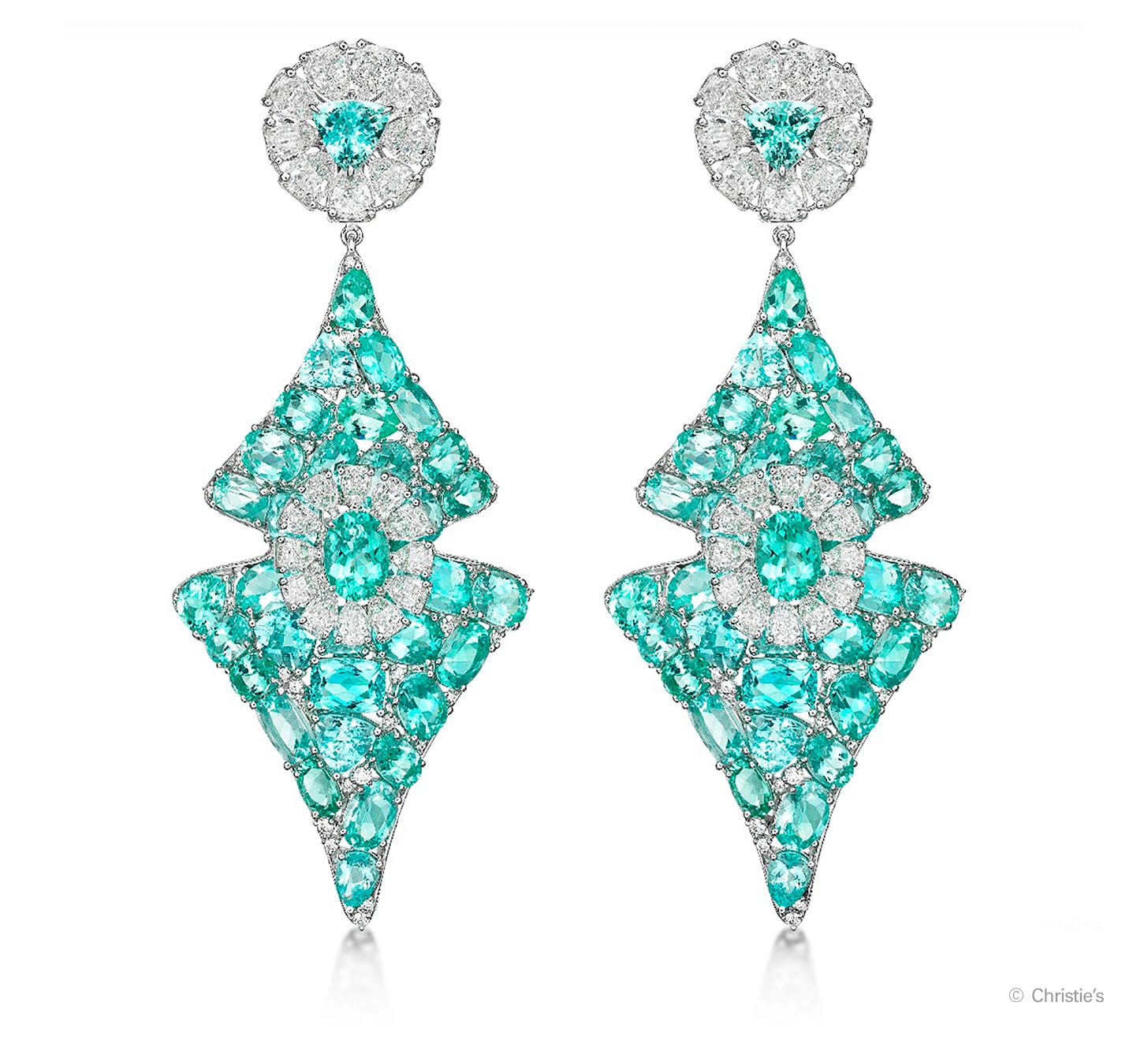
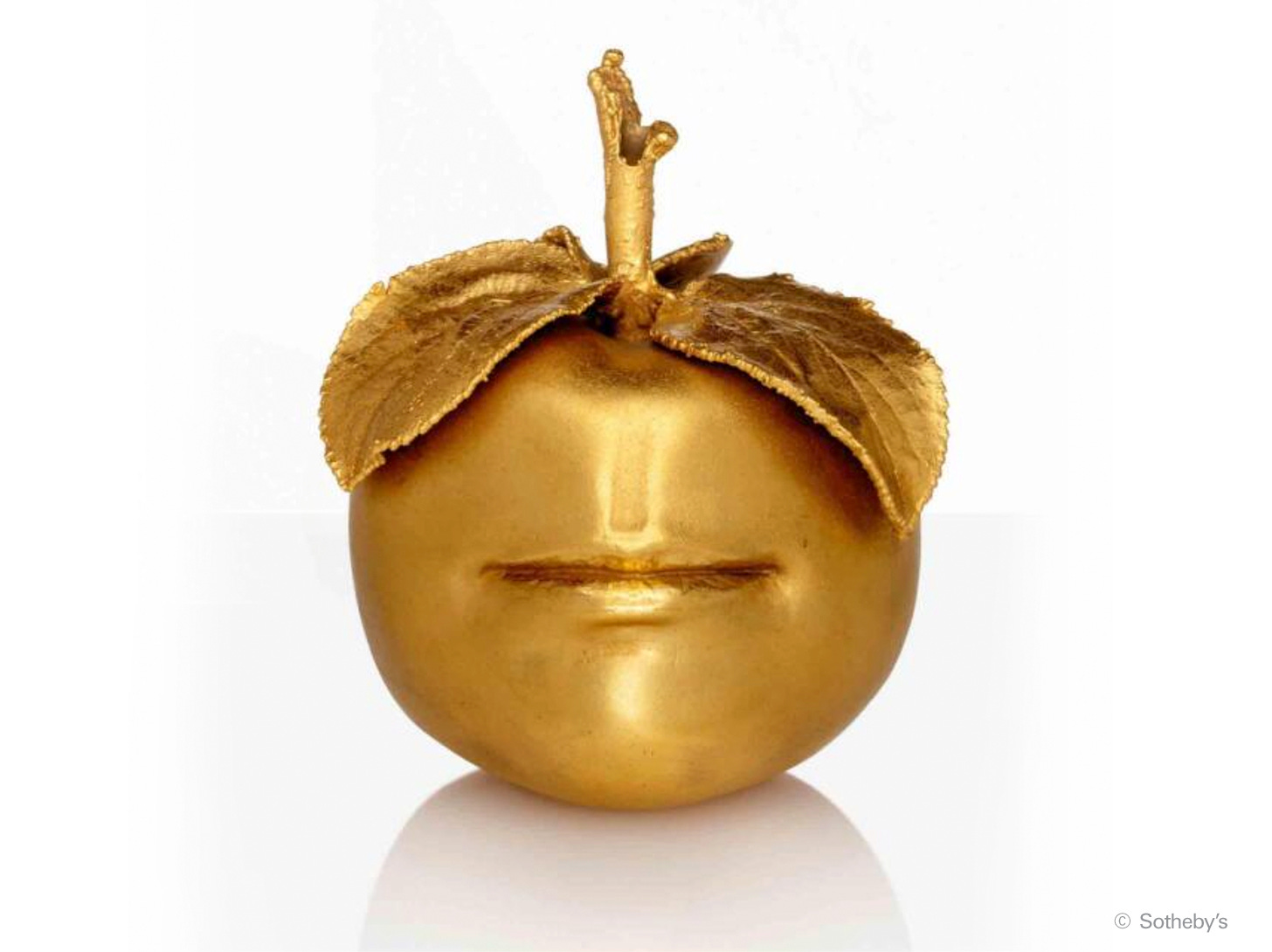
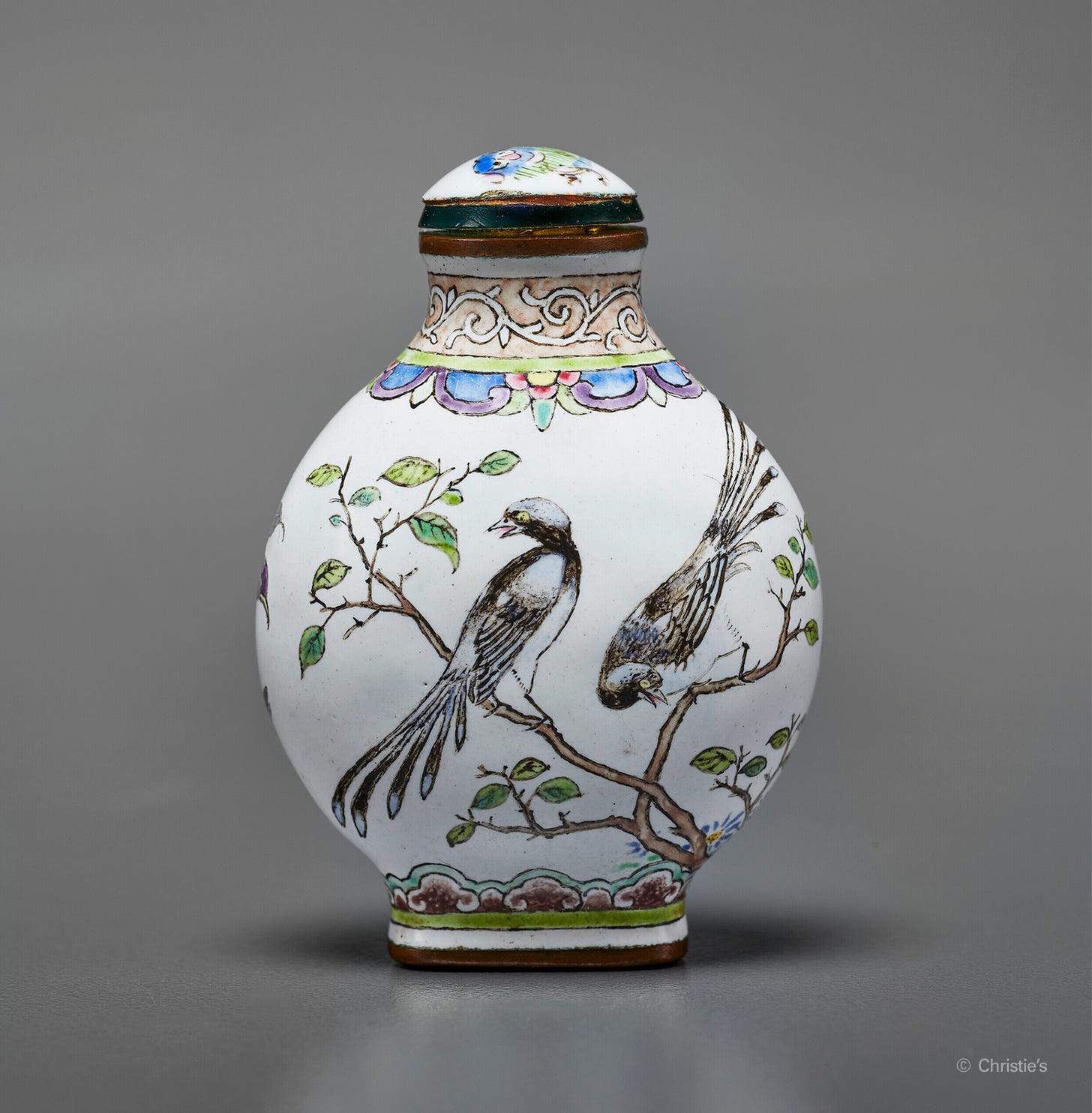


The envelope ring 🥲
Holy hell, I had no idea Phillips was Russian-owned these days. Yikes. And - yeah, I really hope that in every single case, the Russian people in question are being looked at in a manner proportionally related to how pro-invasion/pro-Putin they are, not just because they're Russian with a history of not being publicly anti-Russian-govt. That could get very ugly very fast (and I'm sure is doing so, in plenty of places). Sigh.
Those tiny books are everything to me today. Everything. Thank you. I'm obsessed. I've always loved the old fit-in-a-small-pocket style of 17thC-early 20thC books, with their creaky, bendy leather covers & barely-there tissue-paper pages. (I dream of having a house with a room completely filled with them. FILLED. Or maybe just one wall, and the facing wall is all the National Geographics to date.)
But what I would really, really love is for someone to be republishing modern books in this exact style. Tiny books of modern classics, turned into "antique" objects of literary beauty. Pls? Someone? *scoops up some money and throws a handful at laptop screen*